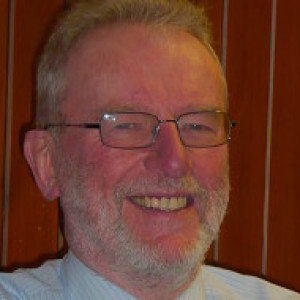Remembrance Day 2010
We are taking a one day break from the "Sir Walter Scott Week" since today is the eleventh day of the eleventh month, and this was Craiglockhart War Hospital made famous in the film "Regeneration".
1917! From the Somme a young officer was sent here. He and his men had held a forward 'position', a muddy, flooded dug-out, for fifty hours as artillery and shells raged around them. Almost immediately he was thrown into the most bitter fighting at St. Quentin.
Then he was caught in an explosion, and was seen to be acting rather strangely; he was diagnosed as having shell-shock and sent back to Britain for treatment in May. Wilfred Owen arrived at Craiglockhart War Hospital on June 26th, an establishment sited outside Edinburgh. Over the next few months Wilfred wrote some of the finest poetry ever penned. Owen met another patient, Siegfried Sassoon, an established poet whose recently published war work inspired Wilfred and whose encouragement guided him.
Today Wilfred Owen's poetry is read far more widely than Sassoon's and it is seen as a heart-aching depiction of the trauma of the conflict, and a bitterness at the gung-ho attitude of those who sat safe in armchairs at home.
Owen was killed at the Battle of the Sambre a week before the war ended. Ironically, the telegram from the War Office announcing his death was delivered to his mother's home as her town's church bells were ringing in celebration of the Armistice when the war ended.
In May 1917 he wrote a letter which challenged the pseudo-religious nature of the Home Front mentality. "Christ is literally in no-man's-land. There men often hear His voice: Greater Love hath no man than this, that a man lay down his life for a friend. Is it spoken in English only and French? I do not believe so."
- 1
- 0
- Panasonic DMC-FZ7
- f/5.6
- 12mm
- 80

Comments
Sign in or get an account to comment.


